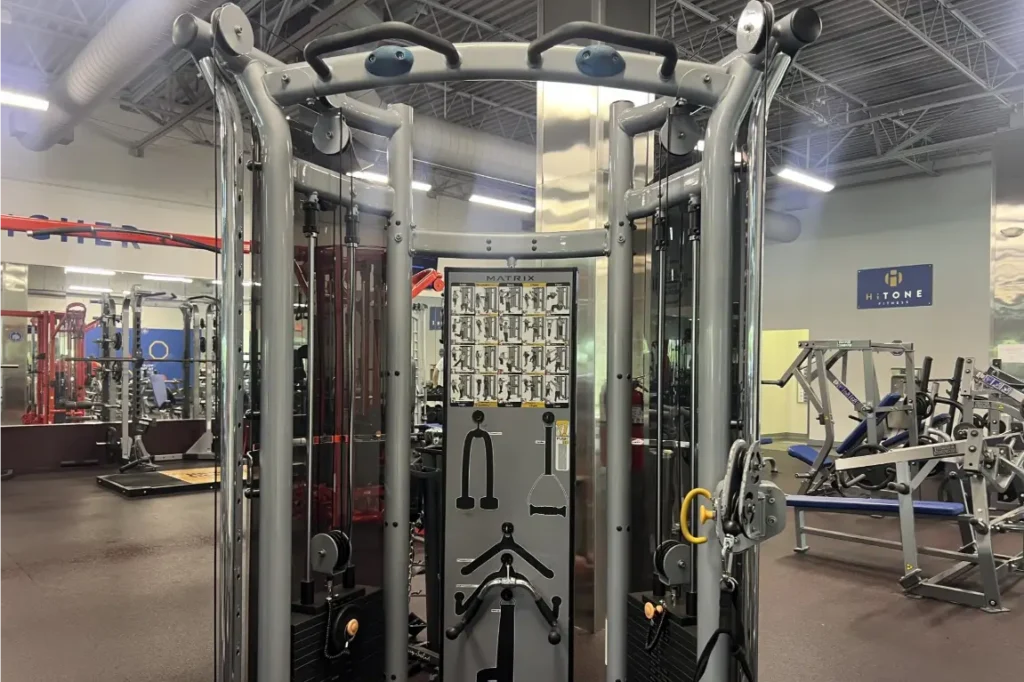When it comes to combat sports, neck strength isn’t just an afterthought—it’s essential. Whether you’re taking punches in boxing, grappling in jiu-jitsu, or absorbing head kicks in MMA, a strong neck can be the difference between staying sharp and getting rocked. A powerful neck reduces the risk of concussions, helps you absorb impact more effectively, and ensures better control in clinches and scrambles.
The best part? You don’t need a fancy gym or equipment to build neck strength. Bodyweight exercises, when done right, can give fighters a rock-solid neck that’s ready to handle anything inside the cage or on the mat.
Top Bodyweight Neck Exercises for Fighters
You don’t need equipment for these exercises, but you’ll still see incredible results.
1. Neck Bridges
The neck bridge is a classic for a reason. Fighters have relied on it for decades to build strength and flexibility. You start by lying on your back, then lift your hips and arch your neck so the top of your head supports your weight.
- How to perform: Hold the position for 10-15 seconds, keeping your core engaged and neck muscles tight.
- Progression tip: Start by doing partial bridges until you build enough strength for the full movement.
- Warning: This is a high-risk move if done incorrectly—so progress slowly.
2. Isometric neck holds (Front, back, and sides)
Isometric exercises are all about holding a position under tension. Neck holds involve contracting the neck muscles without moving your head, which builds endurance and control.
- How to perform: Push your forehead or the back of your head into your hand, resisting the movement. Hold for 20-30 seconds per side.
- Pro tip: You can vary the angle to hit different parts of the neck for well-rounded development.
3. Head nods and side-to-side rotations
This simple movement improves both neck strength and mobility, helping you avoid stiffness. Head nods are great for warming up and keeping the neck healthy.
- How to perform: Slowly nod your head forward and back, then rotate from side to side. Perform 10-15 reps per direction.
- Why it’s effective: This keeps the neck loose and conditioned for smooth movement during fights.
4. Resistance band neck extensions (Bodyweight Assist)
Although not strictly bodyweight, resistance bands add dynamic tension that mimics the same effect. You can anchor a band and perform neck extensions to target the back of your neck, which is important for absorbing rear shots.
- How to perform: Wrap the band around your head and slowly extend your neck backward. Perform 2-3 sets of 15 reps.
- Tip: Focus on slow, controlled movement to activate the muscles properly.
5. Partner resisted neck holds/pushes
If you have a training partner, this is one of the best ways to build functional neck strength. One person provides resistance while the other tries to push against it with their head.
- How to perform: Your partner presses against your head in different directions while you resist the force. Do 2-3 rounds of 10-15 seconds per side.
- Why fighters love this: It adds an unpredictable, dynamic element—just like in real fights.
Tips for Safe and Effective Neck Training
Training your neck isn’t something to dive into without a plan. Here’s how to do it safely and effectively:
- Start slow: Focus on technique before increasing intensity.
- Form first: Poor form puts your spine at risk—move slowly and deliberately.
- Incorporate mobility drills: Regular stretching keeps your neck loose and reduces the chance of injury.
- Train 2-3 times a week: Your neck muscles need recovery time just like any other muscle group.
- Always warm up: Even with bodyweight exercises, warming up prevents strains.
Final thoughts
For fighters, a strong neck is a must. It’s your first line of defense against head injuries and helps you stay composed under pressure. Bodyweight exercises offer a practical and effective way to build neck strength without needing special equipment.
By integrating these exercises into your training routine, you’ll develop a more resilient neck, improve your performance, and reduce injury risks. Start slow, stay consistent, and you’ll soon notice the difference both in and out of the ring.







